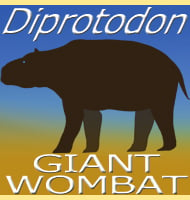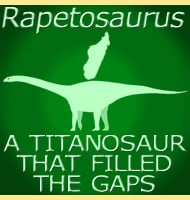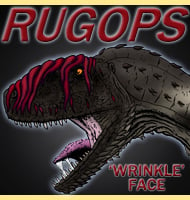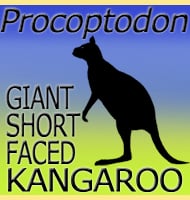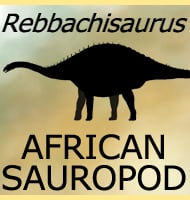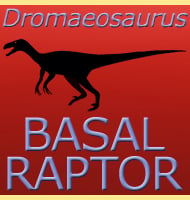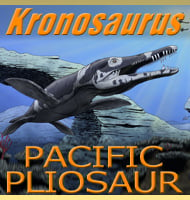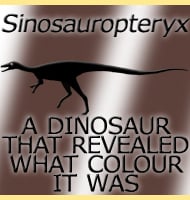In Depth
Although the name Prosqualodon references a shark, this creature was actually one of the first members of the Odontoceti, better known as the modern toothed whales. Prosqualodon actually looked like a cross between a modern dolphin and an ichthyosaur from the Mesozoic. Prosqualodon has the typical cetacean body with a horizontally aligned tail fluke, but the jaws are long and filled with thin teeth that intermeshed together when the mouth was closed. Additionally the teeth also pointed out from the jaws at slight angles so that they remained visible even when the jaws were together. This mouth also had a simplified bone structure and would have been especially well developed for seizing fish as they tried to swim away.
Perhaps the most modern feature of Prosqualodon is the blow hole that was now actually placed on top of the head. The earliest ancestors had nostrils near the tips of their snouts like most other terrestrial animals, but later in the Eocene other primitive cetaceans like Protocetus were already showing signs of the nostrils moving up the snout and closer to the eyes. Today we can see living whales and dolphins with the modified nasal opening called a blow hole on top of their heads as this is the most direct area available for breathing from the surface.
During the late Oligocene and early-mid Miocene periods, Prosqualodon would have been one of the oceans principal predators. However throughout this time Prosqualodon would have also had to watch out for the giant shark C. megalodon which seems to have been one of the principal predators of whales during these times. Additionally as the Miocene period progressed, new forms of toothed whale would also develop and some of these may have also had their sights fixed upon their smaller relatives like Prosqualodon.
Further Reading
– A whale of bygone days. Australian Museum Magazine 1:266-272. – T. T. Flynn – 1923. – The skull and other parts of the skeleton of Prosqualodon hamiltoni. – Transactions of the Royal Society of New Zealand 67(1):8-14. – W. B. Benham – 1937. – Cetacean skulls from Patagonia. – Anales del Museo de la Plata II:1-13. – 1984.

